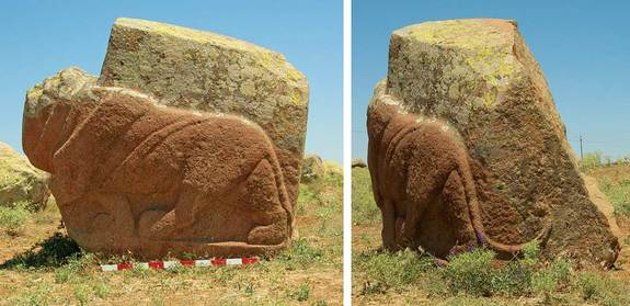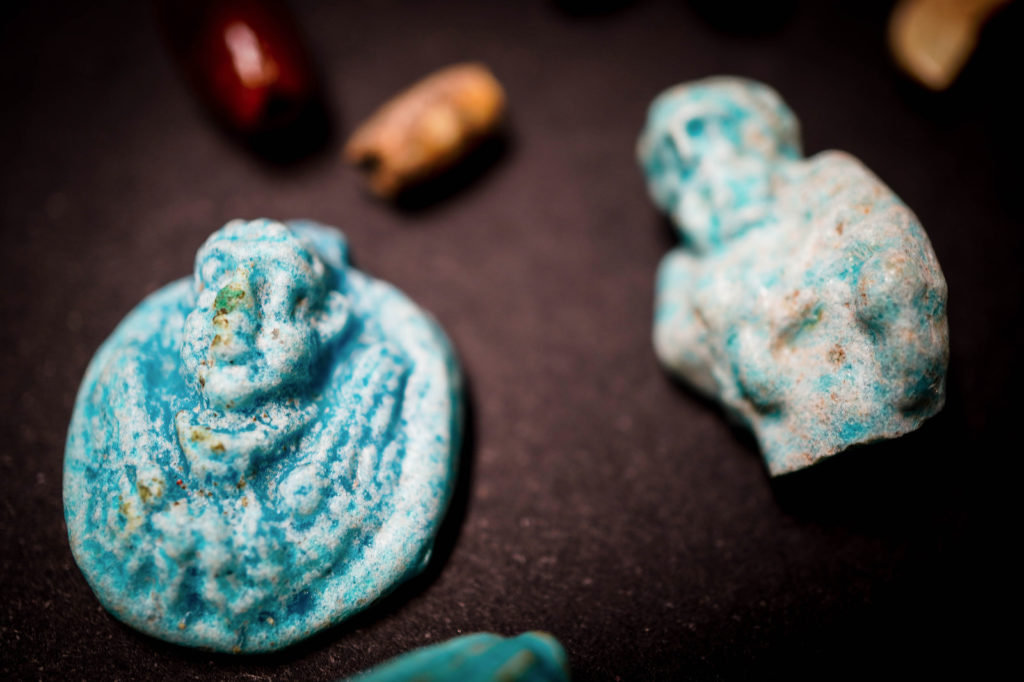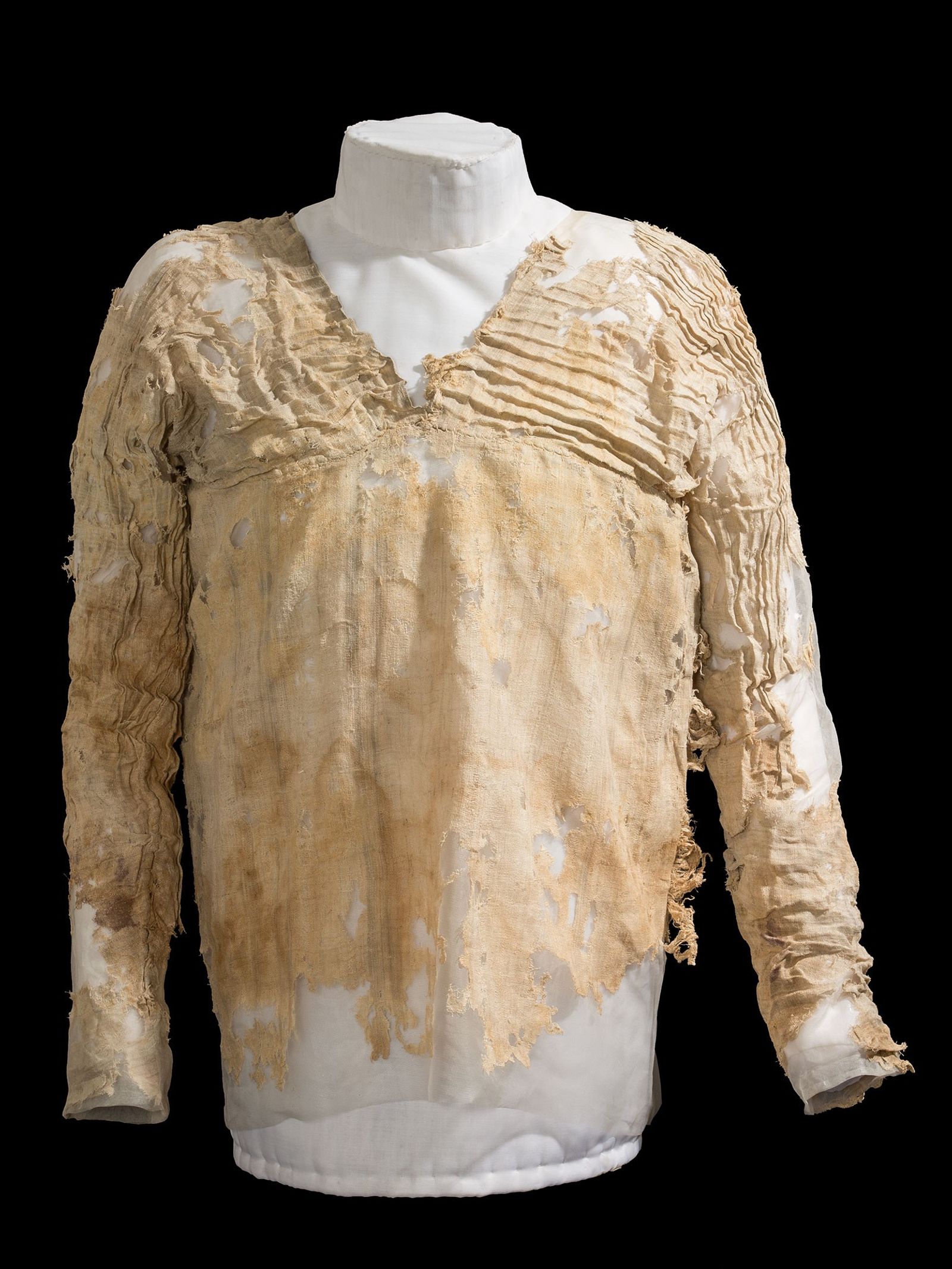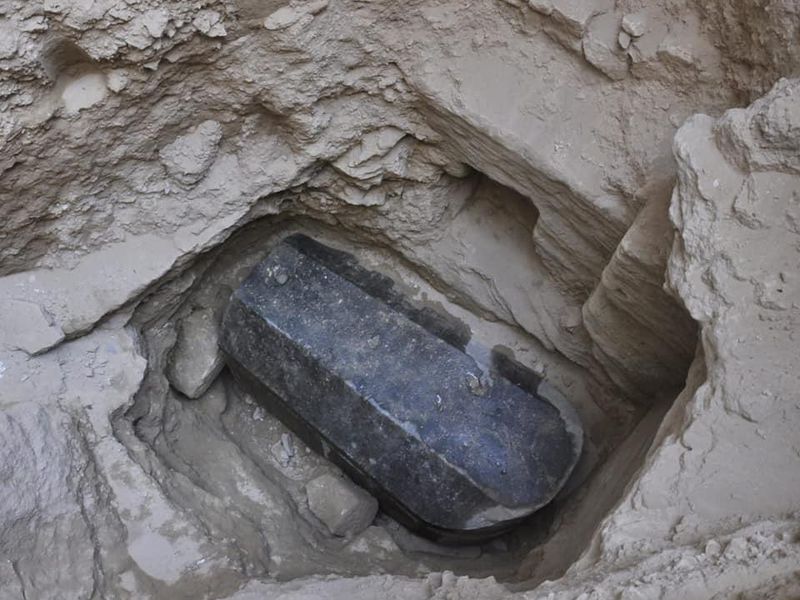Although we have come a long way in just about every sector, from agricultural to technological, and we can do everything from enjoying online Bingo NZ to creating new body parts using a 3D printer, there are still some finds that even the world’s most learned archaeologists can’t explain.
While the past has many mysteries that have bee uncovered, there are some that to this day simply have not been solved, and may never be.
The Alaskan Belt Buckle
When excavating the site of a 1000-year-old Eskimo settlement in Alaska, archaeologists came across what looks like a belt buckle. The fact that it looks like a belt buckle isn’t the mystery though, the mystery is why it was made in the first place, as not only was it cast, it was also the only item ever found in Alaska from that time period made in bronze.
Add to this the fact that radiocarbon dating places it at around 600 B.C.E and you’ll see why it’s such a mystery.
The Holed Jar
When a badly broken clay vase was unearthed from the era of Roman controlled Britain and painstakingly put back together, it confused archaeologists no end.
The 5000 year old vase was covered in holes and had an opening at the top and bottom too. It couldn’t be used to hold water or food, and it would be useless as a lamp, and to date no one knows what its real purpose was.
The Short Walls of Khatt Shebib
The Khatt Shebib ruins in Jordan run for about 93 miles, and were discovered in 1948 when a British diplomat flew over the area and happened to notice that there was a wall embedded in the countryside.
The wall turned out to house the remains of more than 100 towers, but their mystery lies in the fact that the wall itself is only about 3 feet high. This means it could never be effective at keeping anything in or out, and its purpose still remains unclear.

The Granite Lion in Turkey
In 2001 archaeologists and scientists were tipped off about a quarry in Karakiz where there was a giant granite lion. The lion was a life size statue and had once apparently been attached to a giant cat.
The cat had been destroyed as it was believed to be full of treasure, but the lion remained. The lion was excavated and proved to come from the time of the Hittite Empire 3200 years earlier, but to date no one knows why the statue was ever created in the first place.
Jerusalem’s Bedrock Furrows
Jerusalem is home to many ancient sites and artifact, but there is one that still confounds academics. In the oldest bedrock there are 3 V shaped furrows of 20 inches long and 2 inches thick that have been carved into the rock.
Pottery found in the furrows indicates they were formed in 800 B.C.E but no one knows why.



